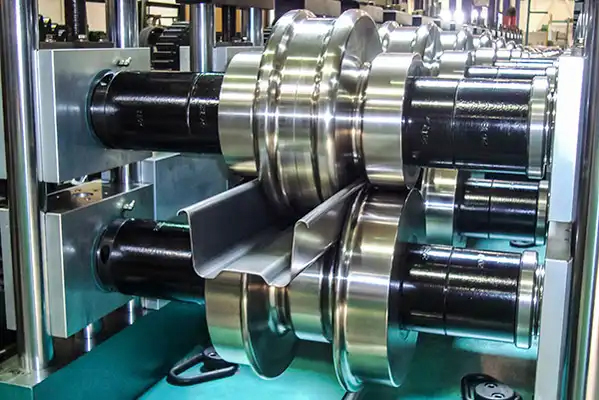Navigation Menu
Contact Us
- Email:
- info@wxavatar.com
- Address:
- Yurong Village, Yuqi Street, Huishan District, Wuxi, China.
Release Date:Mar 13, 2025 Visit:51 Source:Roll Forming Machine Factory
Automotive equipment plays a pivotal role in ensuring the functionality, safety, and performance of modern vehicles. From essential mechanical components to advanced technological systems, the equipment required in a car is diverse and meticulously designed to meet the demands of drivers and passengers alike. Understanding the key automotive equipment in a vehicle provides insight into the complexity and innovation behind today’s automobiles.
At the heart of every car is its powertrain, which includes the engine, transmission, and drivetrain. These components are fundamental automotive equipment, responsible for generating power and transferring it to the wheels. The engine, often considered the vehicle’s powerhouse, converts fuel into mechanical energy, while the transmission ensures this energy is delivered efficiently. Whether a car uses an internal combustion engine or an electric motor, this equipment is critical for propulsion.
Another essential category of automotive equipment is the suspension system, which includes shocks, struts, and springs. This system ensures a smooth ride by absorbing road imperfections and maintaining tire contact with the surface. Equally important is the braking system, comprising brake pads, rotors, and calipers, which ensures the vehicle can stop safely and effectively. Modern cars also feature advanced braking technologies like anti-lock braking systems (ABS) and electronic brake-force distribution (EBD), enhancing safety and control.

Electrical and electronic systems are increasingly vital automotive equipment in today’s vehicles. The battery and alternator provide power to the car’s electrical components, such as lights, infotainment systems, and sensors. Modern cars are equipped with advanced driver-assistance systems (ADAS), including cameras, radar, and LiDAR, which rely on sophisticated automotive equipment to enable features like lane-keeping assist, adaptive cruise control, and automated emergency braking.
Comfort and convenience are also enhanced by specialized automotive equipment. Air conditioning systems, power windows, and advanced infotainment units are now standard in most vehicles. Additionally, safety equipment such as airbags, seatbelts, and reinforced frames are non-negotiable components designed to protect occupants in the event of a collision.
In conclusion, the equipment required in a car encompasses a wide range of mechanical, electrical, and technological systems, all working together to deliver a safe, efficient, and enjoyable driving experience. Automotive equipment is the backbone of modern vehicles, and as the industry continues to evolve, innovations in this field will drive the development of smarter, safer, and more sustainable cars. From the engine to the infotainment system, every piece of automotive equipment plays a crucial role in shaping the future of transportation.